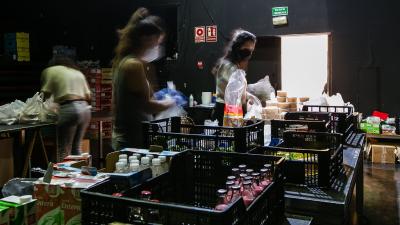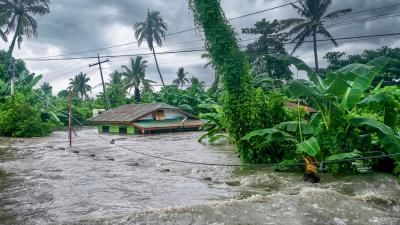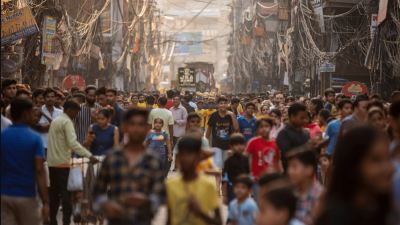
A third of the world’s population would survive for less than a month with no income
The 2021 World Risk Poll findings reveal that globally, just over one in three people (34%) could cover basic needs for less than a month if they lost their income.
This page is approximately a 3 minute read

A Resilient World? Understanding vulnerability in a changing climate is the second report about the 2021 World Risk Poll findings.
Revealing how people worldwide feel their country’s infrastructure and government can cope in the face of disasters, the report provides global insights into how prepared and resilient individuals believe their communities, countries, and institutions are in dealing with hazards. The findings can be used by governments, development agencies, businesses, and researchers to help them identify vulnerabilities and take action to make people safer.
Experts from Resilience Rising and Lloyd's Register Foundation discuss the report's findings.
The data visualisation shows the relative resilience scores of every country on the 2021 Index, sub-divided by their scores on its four dimensions - individual, household, community, and societal resilience. The bigger the bar or segment, the greater the resilience score. Countries are ordered from most to least resilient.
Use your cursor to hover over each data segment for more information. We recommend using a desktop or laptop device for the best user experience.
If you wish to use and reference the A Resilient World? Understanding vulnerability in a changing climate report in your own work, please include the following DOI: https://doi.org/10.60743/QTVP-VX27
Example Citation in IEEE Style:
Lloyd's Register Foundation. (2022). World Risk Poll 2021: A Resilient World? Understanding vulnerability in a changing climate. Lloyd's Register Foundation. https://doi.org/10.60743/QTVP-VX27
Explore the full dataset that underlies this report, including specific data for every country included in the World Risk Poll.
Discover country-level insights